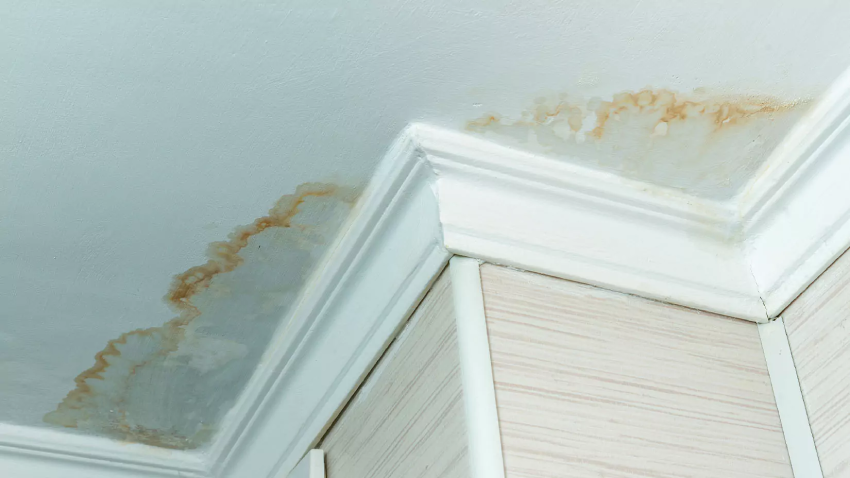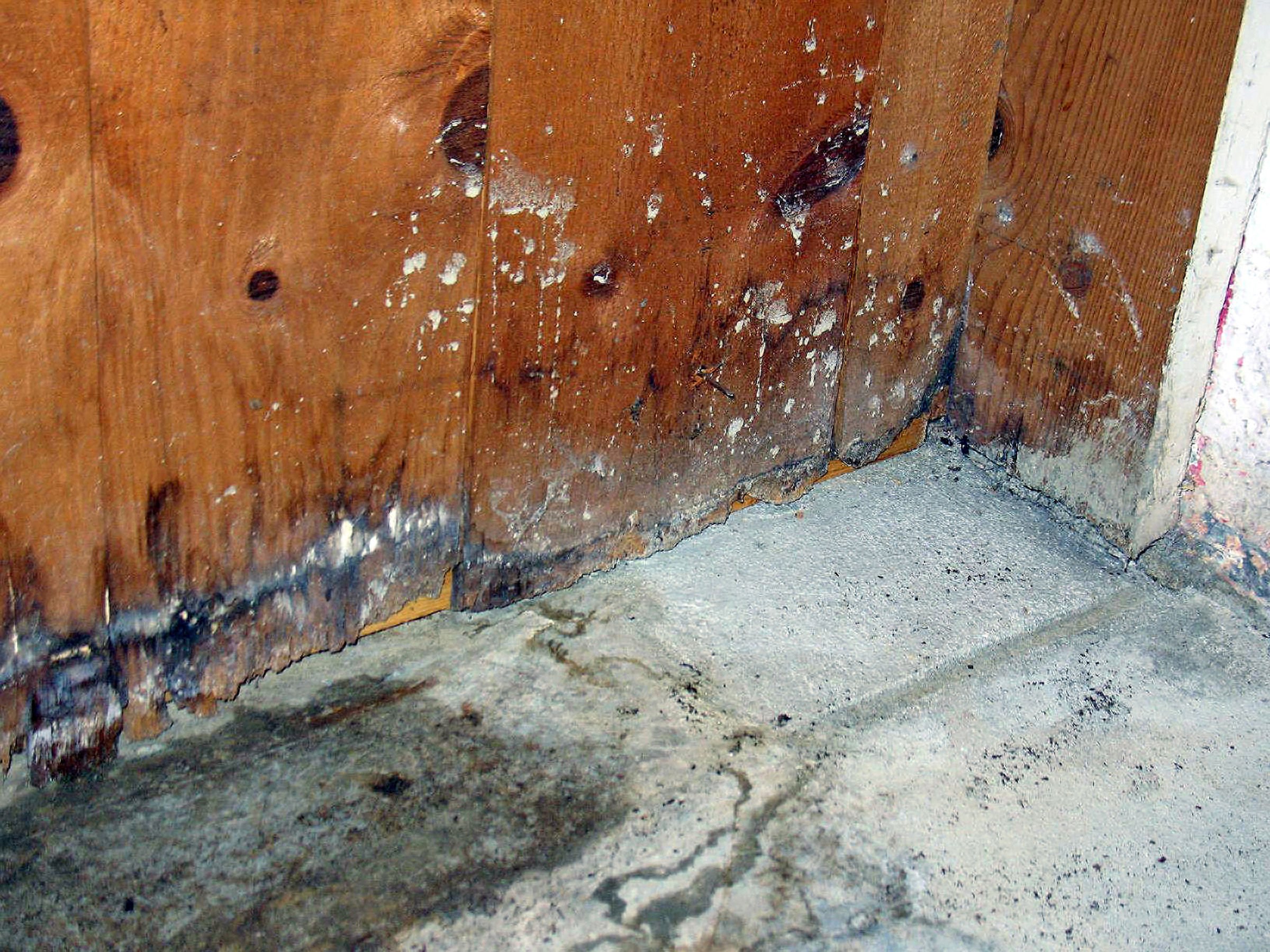The Process of Water Damage Cleanup: Guaranteeing Your Home Is Restored Effectively
Water damages can be a daunting difficulty for home owners, requiring a structured and precise cleaning process to bring back security and functionality. damage restoration services. Following this, efficient water removal methods play an essential role in mitigating additional damage.
Examining the Damage
Upon uncovering water damages, the very first action is to extensively assess the level of the effect. This initial evaluation is essential, as it helps establish the essential steps for reliable clean-up and repair. Begin by inspecting the influenced locations, including walls, ceilings, floors, and personal valuables, to determine the source of the water breach, whether from flooding, leaks, or condensation.
Documenting the damage is important for both insurance policy claims and planning restoration initiatives - damage restoration services. Use photographs and composed notes to record the seriousness of the damage, noting any type of afflicted architectural elements and materials. Pay special attention to areas that might not be instantly visible, such as behind wall surfaces and under carpetings, as hidden wetness can result in additional difficulties, including mold growth
Furthermore, examine the timeline of the water exposure. Ultimately, a thorough evaluation lays the foundation for an effective water damages clean-up procedure, making sure that all impacted locations are dealt with effectively and extensively.
Water Removal Strategies

Specialists generally use submersible pumps for larger quantities of water, which can swiftly minimize flooding in cellars or various other influenced locations. For smaller quantities, wet/dry vacuums are often used to extract recurring dampness from rugs and difficult surface areas. In addition, utilizing portable extractors allows for targeted elimination in restricted rooms or areas with fragile products.
In instances of contaminated water, such as sewer or floodwater, advanced removal methods might include the use of biohazard tools to guarantee security and compliance with health and wellness regulations. High-powered extraction devices are critical in minimizing water retention in structural products, which can lead to mold and mildew growth and structural damage otherwise addressed quickly.
Inevitably, the performance of water extraction methods plays an essential function in the general success of the water damages clean-up procedure, laying the foundation for subsequent restoration efforts.
Drying and Dehumidification
As soon as standing water has actually been successfully removed, the next crucial stage in the water damages clean-up process is drying out and dehumidification. This step is vital to prevent further damage and mold and mildew growth, which can take place within 24 to two days in moist environments.
To attain efficient drying, customized equipment such as industrial-grade air moving companies and dehumidifiers is employed. Air movers distribute air throughout damp surfaces, improving evaporation rates, while dehumidifiers minimize moisture degrees in the air, advertising a conducive environment for drying out. The combination of these devices guarantees that dampness is attracted out from floors, home furnishings, and wall surfaces, permitting them to dry completely.
It is very important to monitor the drying process closely. Professionals often use moisture meters to assess the wetness material in different products, making sure that all influenced locations reach acceptable dry skin levels. This thorough technique aids to avoid covert moisture pockets useful source that could bring you could try here about architectural damage or harmful mold development.

Cleansing and Sterilizing
After the drying and dehumidification stage is total, the next crucial step in water damages clean-up is cleansing and sterilizing the impacted areas. This procedure is vital to stop the growth of mold, microorganisms, and various other microorganisms that flourish in damp environments.
The cleansing phase commonly involves eliminating any kind of particles, dirt, and impurities from surface areas using specialized cleaning agents. For hard surface areas, a combination of soap and water or industrial cleansing products is often utilized. Soft materials, such as upholstery and carpets, might call for extra considerable cleansing techniques, including vapor cleansing or deep extraction strategies, to guarantee detailed cleanliness.

Disinfecting follows cleaning, making use of EPA-approved anti-bacterials to get rid of hazardous bacteria. This step is necessary, specifically in areas that may have come into contact with floodwaters or sewage, as these sources can position severe health dangers.
Furthermore, it is important to deal with any kind of staying odors, which may require the use of smell neutralizers or innovative strategies like ozone treatment. Correct cleansing and disinfecting not just recover the security and health of your home yet also lay the foundation for effective repair and repair services in subsequent stages of the water damage clean-up process.
Repair and Repair Work

Once the analysis is full, repair initiatives can start. This typically includes fixing or changing damaged materials, guaranteeing that all job complies with regional building codes and requirements. If drywall has actually been endangered, it will need to be eliminated and replaced with new material. In addition, floor covering might call for comparable focus, depending upon the degree of water exposure.
It is essential to engage skilled repair experts during this process, as they have the proficiency to handle intricate fixings successfully. Additionally, they can help reduce potential future concerns, such as mold and mildew development or architectural instability, thus ensuring a safe and habitable living atmosphere. Inevitably, effective restoration and repair services restore the home's honesty and boost its general worth.
Conclusion
In final thought, the important link procedure of water damage cleanup is vital for recovering a home to its pre-damage problem. Each phase, from examining the damage to implementing effective water extraction strategies, followed by extensive drying out, sanitizing, and needed repair work, plays a necessary role in guaranteeing safety and security and conformity with structure requirements. Effective execution of these actions not only alleviates instant damages yet also enhances the long-term integrity and worth of the home.
Water damages can be an overwhelming challenge for house owners, requiring a structured and thorough cleanup procedure to recover safety and security and functionality. Ultimately, a detailed evaluation lays the foundation for a successful water damages cleanup procedure, ensuring that all impacted locations are attended to properly and completely.
Reliable water removal strategies are crucial in minimizing damages and avoiding additional complications following a water intrusion event.In verdict, the process of water damages cleanup is essential for recovering a home to its pre-damage problem. Each phase, from analyzing the damage to carrying out effective water extraction methods, adhered to by complete drying out, disinfecting, and required repairs, plays an essential role in ensuring security and compliance with structure standards.